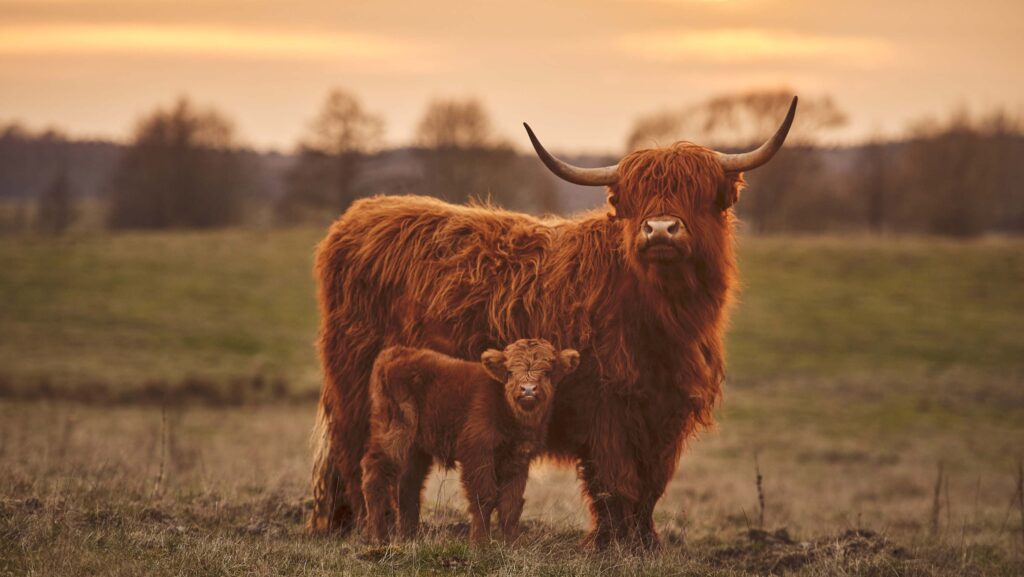Scottish beef groups seek delay to new calving index rules
 © Adobe Stock
© Adobe Stock A one-year delay is being sought to new rules in Scotland that require beef suckler cows to achieve a calving index of no more than 410 days to qualify for government support payments.
New qualifying conditions, to be introduced to the Scottish Suckler Beef Support Scheme (SSBSS) as early as 2 December 2024, include a maximum 410-day calving index, a move the Scottish government says will help cut emissions and make beef production more efficient.
See also: Suckler beef payments set to roll out in Scotland
Although the National Beef Association (NBA) and the Scottish Beef Association (SBA) are not opposed to the calving index that has been set, they say its introduction must be delayed until December 2025.
If it isn’t, they believe many animals won’t qualify for payments.
This is because of the way reference periods are calculated. In this case, every cow that has had a calf since 19 October 2023 will, by default, have been entered into the scheme and therefore some are likely to have an index greater than 410 days.
If the requirement is delayed until 2 December 2025 it would give every producer time to prepare, for example by using short gestation bulls.
The SSBSS is an important source of income for many Scottish suckler farms. For some it accounts for 33% of income support.
Rethink
NBA chief executive Neil Shand is urging the government to rethink.
“We are not averse to the introduction of a calving index, but introducing it halfway through the qualifying period is just foolish,” he said.
“Farmers need to have a full calving period and the bulling period over the summer to prepare and that would allow every cow that calves from October 2023 to October 2024 a fair opportunity to achieve the 410-day calving index and enter the scheme.”
The absence of a system for registering dead calves is another complication, Mr Shand added.
“If a calf dies within the first four weeks, unless it was registered when it was alive, there is no way of proving that birth and the cow’s calving index, and the same goes for stillbirths.”
The SBA has written to Scottish rural affairs secretary Mairi Gougeon urging her to pause introducing this new condition.
Response
In a statement, the Scottish government said that it had announced in June 2023 that changes linked to calving intervals were to be expected.
“Since then, we have worked hard to ensure that all beef farmers are informed and prepared for the introduction of new conditions in the 2025 scheme year,’’ said a spokesman.
The conditions, the spokesman added, had resulted from extensive consultation with representatives of Scotland’s beef sector, including NFU Scotland and the Scottish Beef Association.
But the Institute of Auctioneers & Appraisers In Scotland (IAAS) has described as “counterintuitive” new conditionality measures that make the support scheme harder to access.
“Even in the event that it delivers some sort of environmental gain on the ground in Scotland, the reality is that there is a threat of higher emission imports,” it said.
“IAAS’s view is that it [is] better to support our domestic production, by investment and encouragement.”
This year, the SSBSS is paying £105 a head on the Scottish mainland and £151 a head on the islands, worth around £40m to almost 6,000 claimants.
